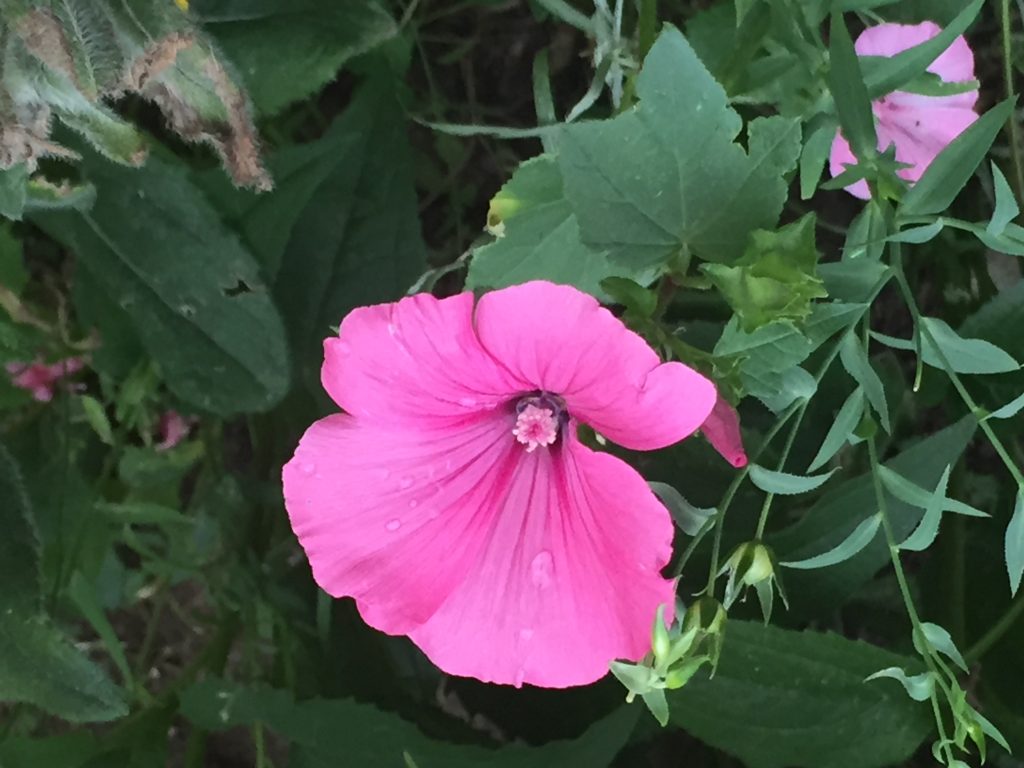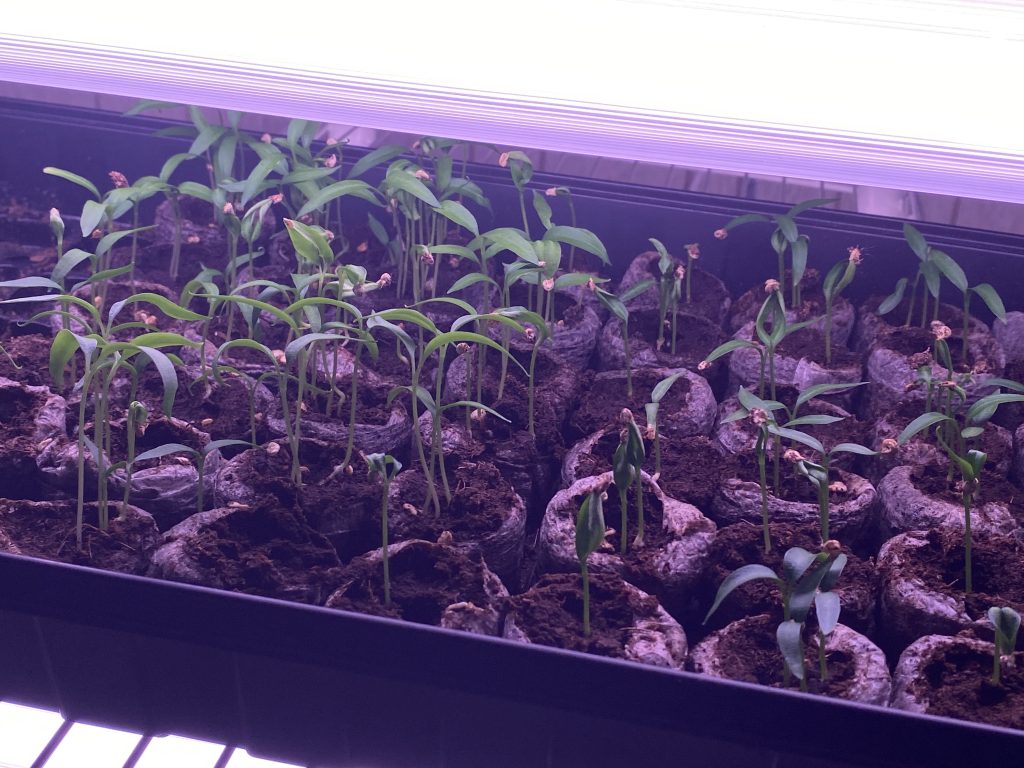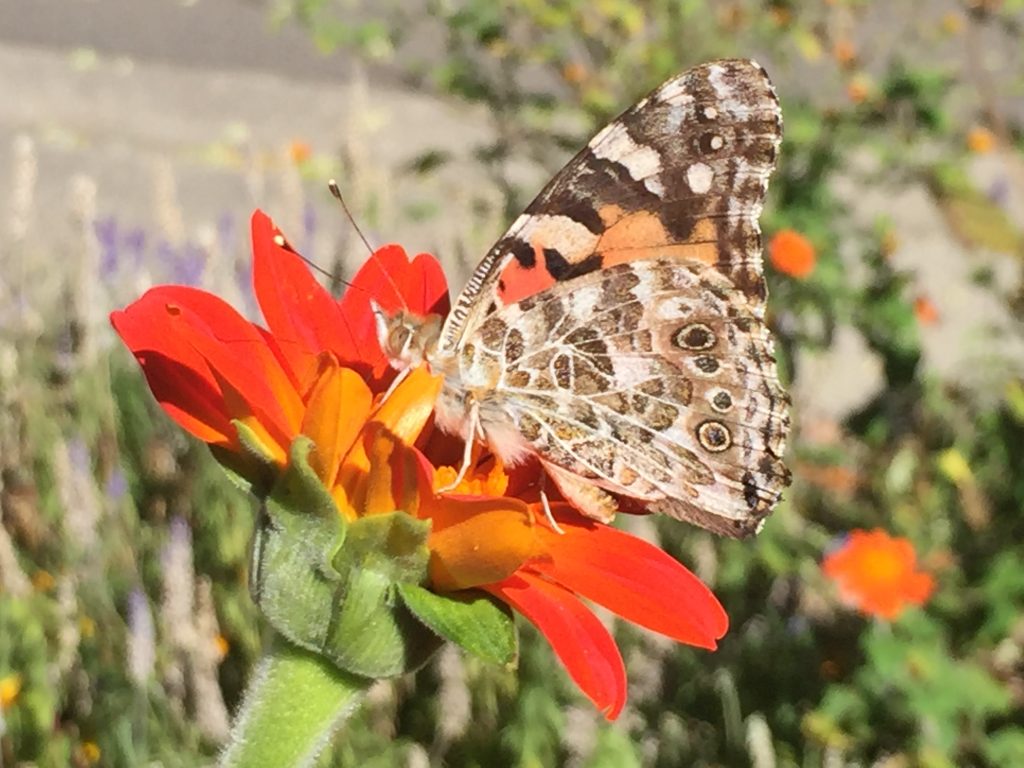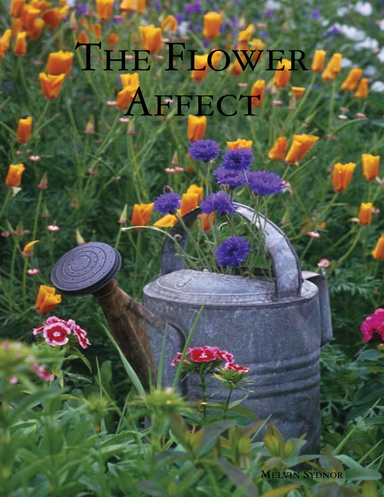
Our featured flower of the month is Annual Mallow. The annual mallow, also known as Lavatera, belongs to the Malvaceae family, closely related to hibiscus. Native to regions in the Mediterranean, it’s been cherished for its ornamental beauty for centuries. Its vibrant flowers were historically used in gardens to bring a splash of color to arid landscapes.
Cultivate annual mallow by starting seeds in early spring in well-draining fertile soil on the sunny side of your garden’s landscape. Cheers






